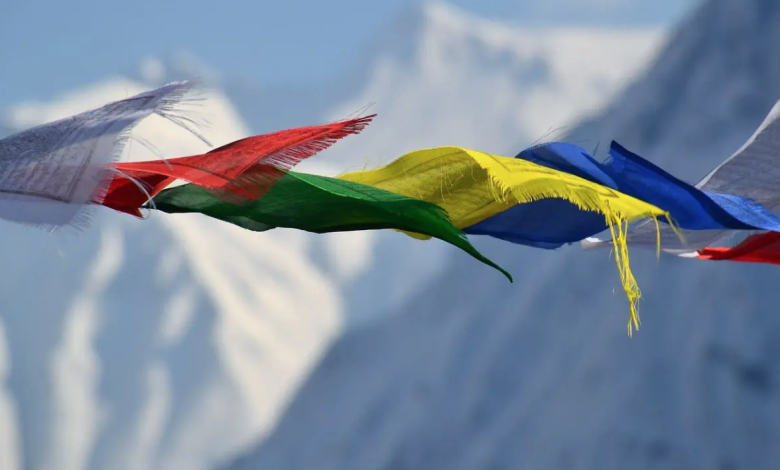The “Third Pole” melts: the imbalance of water resources in the Himalayas increases

2 billion people depend on the water resources of the Himalayan plateau
(Sustainabilityenvironment.com) – The water resources of the so-called Third Pole are becoming more unstable under the blows of climate change. This puts at risk the availability of a resource that allows 2 billion people to live. It is the result of a study that takes stock of the state of the manage water resources of the Himalayan plateau by analyzing the distortions to the “normal” behavior of ice, snow and downstream water flow caused by the global increase in temperatures.
The region would lose the balance between solid water stored in glaciers and liquid water contained in lakes and rivers due to the impact of climate change. Specifically, the transformations are driven by rising temperatures combined with changes in western currents and the Indian monsoon. This has led to the retreat of glaciers and increased rainfall in the northern part of the region, while rains have decreased in the southern part.
Read also Record melting for the most unstable glaciers in the South Pole
An imbalance that already existed in the past even if in a much more attenuated form than today. “Global warming is expected to amplify this imbalance, alleviating water scarcity in the Yellow and Yangtze river basins and increasing scarcity in the Indus and Amu Darya river basins,” reads the study published in Nature Reviews Earth & Environment.
Consequently, it will be immediately necessary to find a new balance that does not penalize the downstream regions too much, where the demand for water is expected to increase further. “This imbalance is likely to be a major challenge for balancing supply and demand for water in the downstream regions,” says Yao Tandong, who first signed the study.
Between 1980 and 2018, the Third Pole has warmed by an average of 0.42 degrees every decade, that is, at a rate twice as high as the global average. In the last 20 years, however, the glacial mass on the Himalayan and Hindu Kush ranges has decreased by 340 billion tons, while the amount of liquid water stored by lakes has increased by 166 billion tons.





